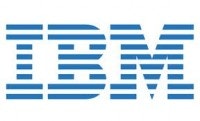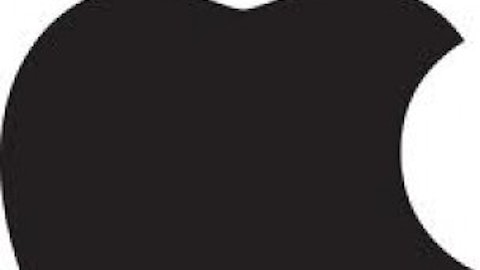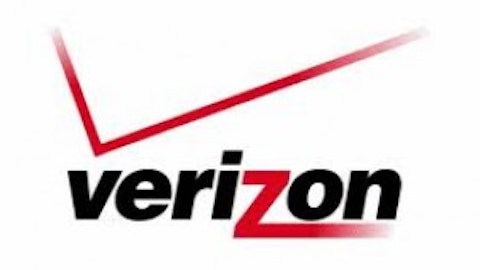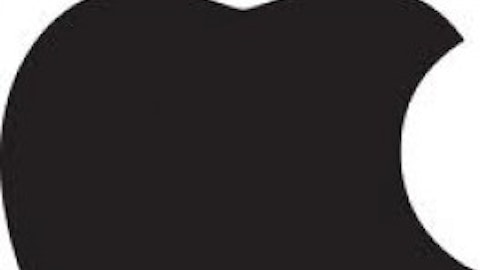
The good – software and services
IBM’s software group and global business services pipelines grew by over $2 billion this quarter, while revenue was up 5% and 2%, respectively, in the groups. Key branded middleware was up 10% to account for 67% of total software sales. IBM’s service backlog grew at 7% this year, giving the company more stable and predictable earnings into the future.
International Business Machines Corp. (NYSE:IBM) acquired Softlayer to continue to grow revenue with the “big data” trend, and companies transitioning to cloud computing. Softlayer will allow IBM to be more flexible with its customer offerings to provide higher value, and more cross-selling of products.
The bad – hardware
IBM’s hardware segment was down a disappointing 2% in revenue this quarter. It is facing a systemic slowdown in hardware upgrades, and longer renewal cycles for existing products. International Business Machines Corp. (NYSE:IBM) is expecting low single-digit growth in the second half of the year, and has mentioned a divestiture that didn’t materialize several times on the call. The divestiture could be the rumored sale of the company’s low-end server business to Lenovo that had been brought up on its 1Q call.
Everybody knows the hardships that Hewlett-Packard Company (NYSE:HPQ) is facing in the PC market. Global PC sales are hitting another snag this year, with a nearly 20% reduction in year-over-year in sales. Chief executive officer Meg Whitman has been trying to turn the tech behemoth around by mimicking IBM. The company is now trying to move into the server segment as well as consulting services.
Hewlett-Packard Company (NYSE:HPQ) currently has a gross margin of 7.2% versus IBM’s 21%. HP currently pays out 40% of its earnings to support a 2.2% dividend. The company just raised its dividend 10% for next quarter, which is often a good sign, but HP is battling a deteriorating market with PC’s. We will have to wait and see if HP can find enough efficiencies in its operations to support such dividend increases.
Hewlett-Packard Company (NYSE:HPQ) is trying to move away from the declining PC business, and into software licensing and consulting. The problem with this strategy is that it is dominated by IBM and Oracle Corporation (NYSE:ORCL). Both of these companies have long-term contracts with their clients, and HP will have to drastically undercut those two giants, eroding its own margins in the process. The first-mover advantage in corporate software continues to benefit International Business Machines Corp. (NYSE:IBM) and Oracle Corporation (NYSE:ORCL). There is still a lot of unknowns for HP, Whitman certainly has her work cut out for her.
Share repurchases
IBM’s share-repurchase program has reduced Big Blue’s share count down by 4% year-over-year. In the most recent quarter, share repurchases boosted International Business Machines Corp. (NYSE:IBM)’s earnings by $0.18 and helped it achieve a $16.90 EPS run rate for 2013. IBM stated that it expects to earn $20 per share by the end of 2015, and even with some headwinds, it looks like the company is going to make it.
In its most recent quarter, AT&T Inc. (NYSE:T) repurchased over 300 million shares, or 4% of its stock outstanding. The telecom giant will now save over $150 million per quarter by not paying out a dividend on those retired shares. This is AT&T’s strategy to juice earnings as last year was an expensive year for funding pensions.
AT&T Inc. (NYSE:T) is able to borrow money at 3% and repurchase its shares that 5%. This means that AT&T is now saving the 2% difference between the 3% it is now paying on bonds and the 5% that it was paying for the dividend. Ma Bell was truly taking advantage of this lower interest-rate environment.





